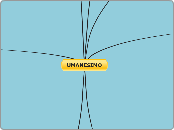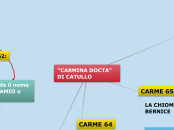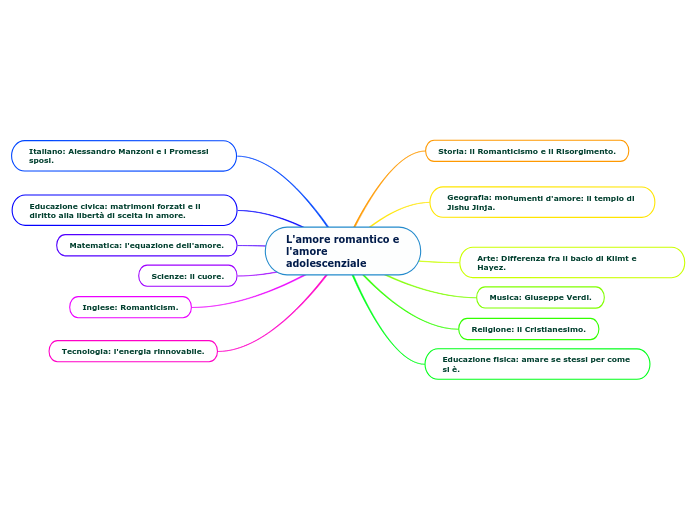LE ODI:
SIMPOSIO E AMORE
Type in the name of the book you have read.
Theme
In contrast to the main idea, the theme is the message, lesson or moral of the book.
Some tips to find out the theme of the book easier:
- Try to find it while you are reading. It may be stated or implied.
- Think about how the characters reacted to obstacles.
- Think about the important decisions that the characters made.
- Think about the characters growing or changing throughout the book.
è sufficiente il semplice mirto, pianta cara alla dea dell'amore, Venere, e a chi si addice perfettamente a colui che canta l'amore, il poeta.
Orazio si rivolge alla schiava chiedendogli si preparargli un simposio semplice e gli raccomanda di evitare ogni lusso, anche quello modesto di ornare un ghirlande di fili di tiglio e rose;
si ispira ad un ideale di
da adottare sia nella poesia che nella vita
la semplicità a cui aspira Orazio non è solo uno stile di vita ma anche una scelta artistica che richiede per la propria produzione poetica uno stile semplice, lineare.
modestia;
semplicità;
Take notes while you read the book. Write here your favorite quotes from the book.
componimento:
Take notes while you read the book. Type here the resources, books, or websites that the author mentioned and you want to check out later.
simposiale
ode conclusiva del libro I
latino
Persicos odi, puer, adparatus,
displicent nexae philyra coronae,
mitte sectari, rosa quo locorum
sera moretur.
Simplici myrto nihil adlabores
sedulus curo: neque te ministrum
dedecet myrtus neque me sub arta
vite bibentem.
traduzione italiana
Fanciullo, odio gli sfarzi persiani, non mi piacciono le corone intrecciate con il tiglio**, smetti di cercare il luogo dove indugia la rosa tardiva. Mi interessa che tu, operoso, non aggiunga nulla al semplice mirto: infatti il mirto si addice a te, servo, e a me che bevo sotto uno stretto pergolato.
Immagine: Il simposio
Scena di banchetto, III secolo d.C.
The main idea is what the book is mostly about.
Some tips to find out the main idea of a book easier:
- Read the title.
- Look for the text features.
- Figure out if you are reading a fiction or a non fiction book.
- Think about some examples that support this idea.
simposio
Type the names of the book characters. Start with the main character.
Draw arrows to represent the relationship between them and if it is possible write on them what they represent for each other (if they are relatives, friends, lovers, enemies etc.)
che cos'è
questi banchetti sono anche l'occasione per recitare per la prima volta delle poesie.
è un consesso di amici esclusivamente maschi e di buona famiglia che si ritrovano per godere dei piaceri della tavola ma anche per parlare d'amore e di politica;
What are the characteristics that best describe the character? Type them here.
forma metrica
What is the reason why the author wrote the book?
E' una poesia con tono colloquiale,
infatti rivolgendosi al ragazzo utilizza termini del linguaggio quotidiano
strofe saffiriche
non cogliere la rosa tardiva;
Who is the author of the book? Type in his/her name.
ORAZIO
odi l,38









